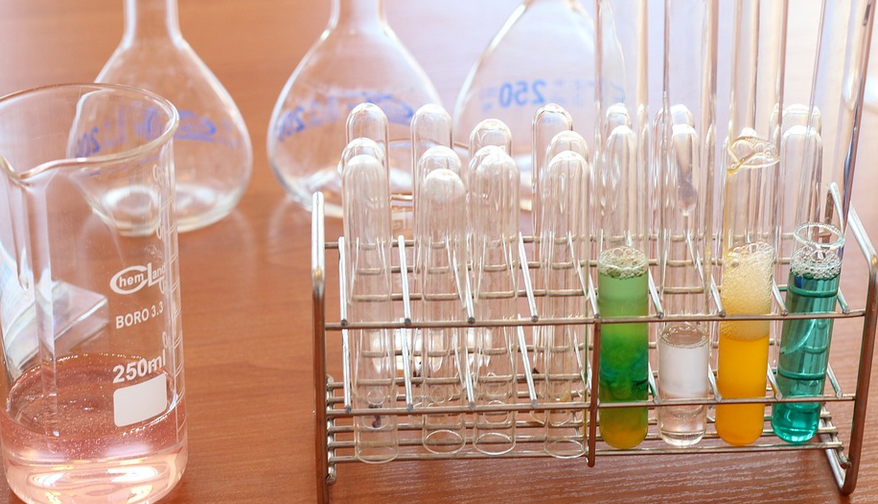Introduction
Solutions are an important part of chemistry. They are a homogeneous mixture of two or more substances. In this article, we will discuss the different types of solutions and their properties.
Types of Solutions
There are three types of solutions: solid solutions, liquid solutions, and gaseous solutions. Solid solutions are homogeneous mixtures of two or more solids. Liquid solutions are homogeneous mixtures of two or more liquids. Gaseous solutions are homogeneous mixtures of two or more gases.
Solid Solutions
Solid solutions are formed when two or more solids are mixed together. The resulting mixture is a single phase and has the same properties throughout. Examples of solid solutions include alloys, such as brass (copper and zinc) and steel (iron and carbon).
Liquid Solutions
Liquid solutions are formed when two or more liquids are mixed together. The resulting mixture is a single phase and has the same properties throughout. Examples of liquid solutions include sugar water and saltwater.
Gaseous Solutions
Gaseous solutions are formed when two or more gases are mixed together. The resulting mixture is a single phase and has the same properties throughout. Examples of gaseous solutions include air and natural gas.
Solution Concentration
The concentration of a solution is the amount of solute dissolved in a solvent. There are several ways to express solution concentration, including molarity, molality, and percent composition.
Molarity
Molarity is the number of moles of solute per liter of solution. It is expressed as M or mol/L. For example, a 1 M solution of sodium chloride (NaCl) contains one mole of NaCl per liter of solution.
Molality
Molality is the number of moles of solute per kilogram of solvent. It is expressed as m or mol/kg. For example, a 1 m solution of NaCl contains one mole of NaCl per kilogram of water.
Percent Composition
Percent composition is the mass of solute divided by the mass of solution, multiplied by 100%. It is expressed as %. For example, a 5% solution of NaCl contains 5 grams of NaCl per 100 grams of solution.
Solution Properties
Solutions have several properties, including solubility, boiling point elevation, and freezing point depression.
Solubility
Solubility is the maximum amount of solute that can be dissolved in a solvent at a given temperature. It is affected by factors such as temperature, pressure, and the nature of the solute and solvent.
Boiling Point Elevation
Boiling point elevation is the increase in the boiling point of a solvent due to the presence of a solute. It is proportional to the molality of the solution and the boiling point elevation constant of the solvent.
Freezing Point Depression
Freezing point depression is the decrease in the freezing point of a solvent due to the presence of a solute. It is proportional to the molality of the solution and the freezing point depression constant of the solvent.
Conclusion
In conclusion, solutions are an important part of chemistry. They come in three types (solid, liquid, and gaseous) and have different properties and concentrations. Understanding solutions is essential for many fields of science, including chemistry, biology, and physics.

